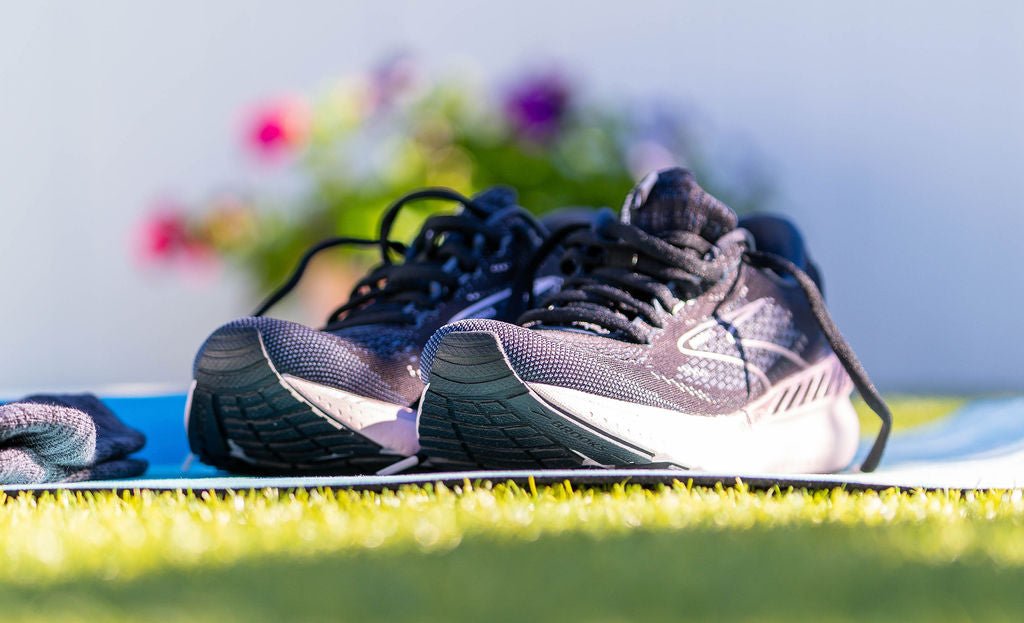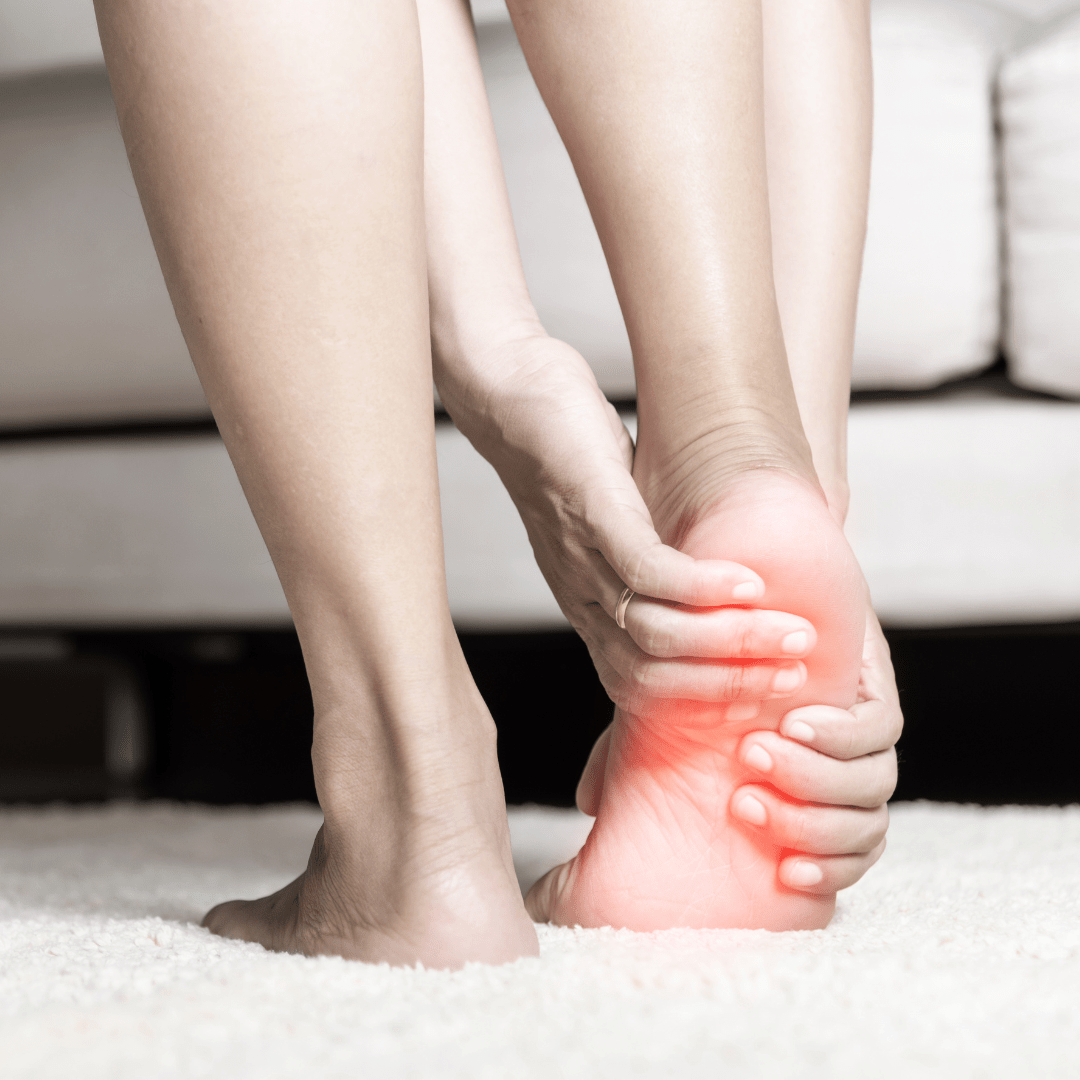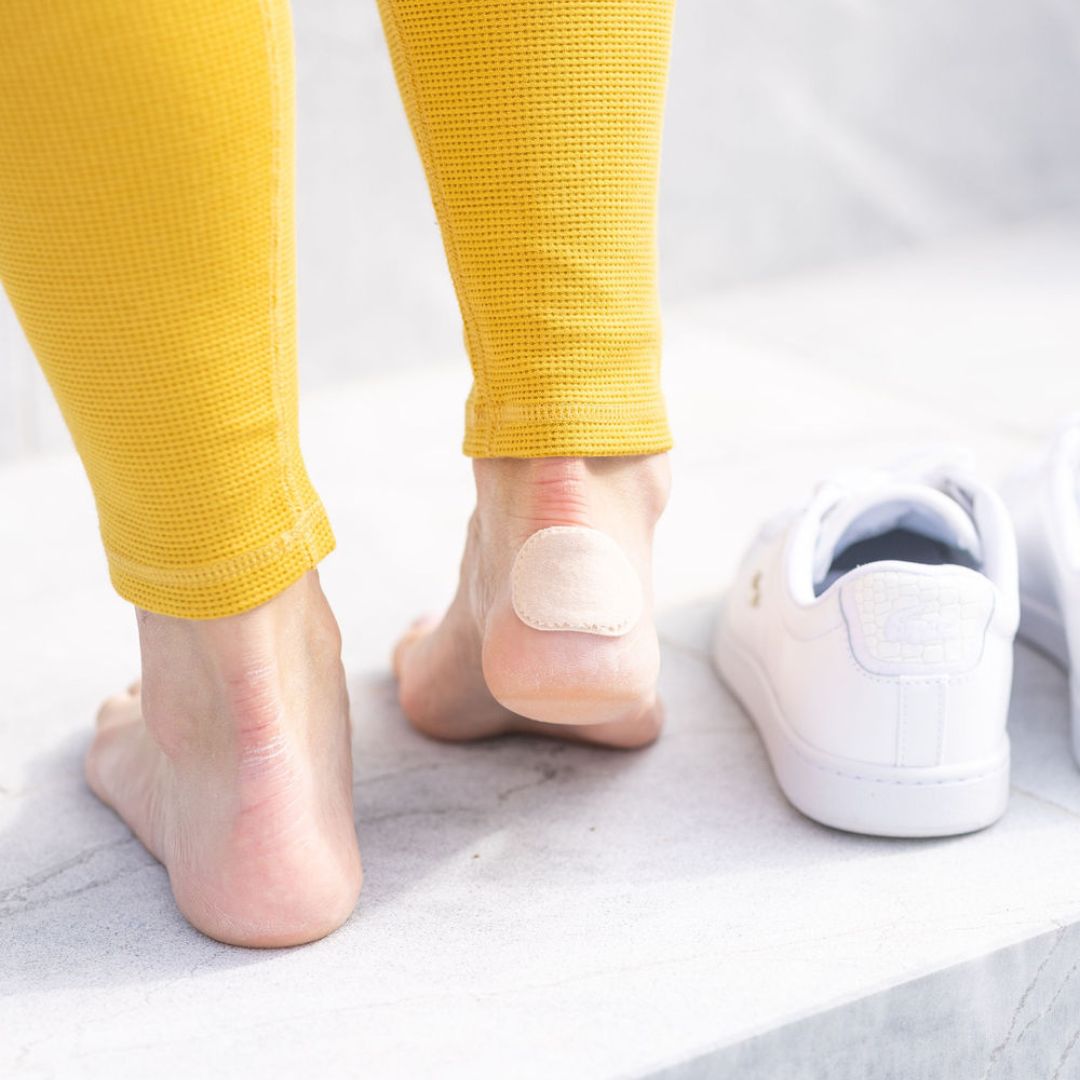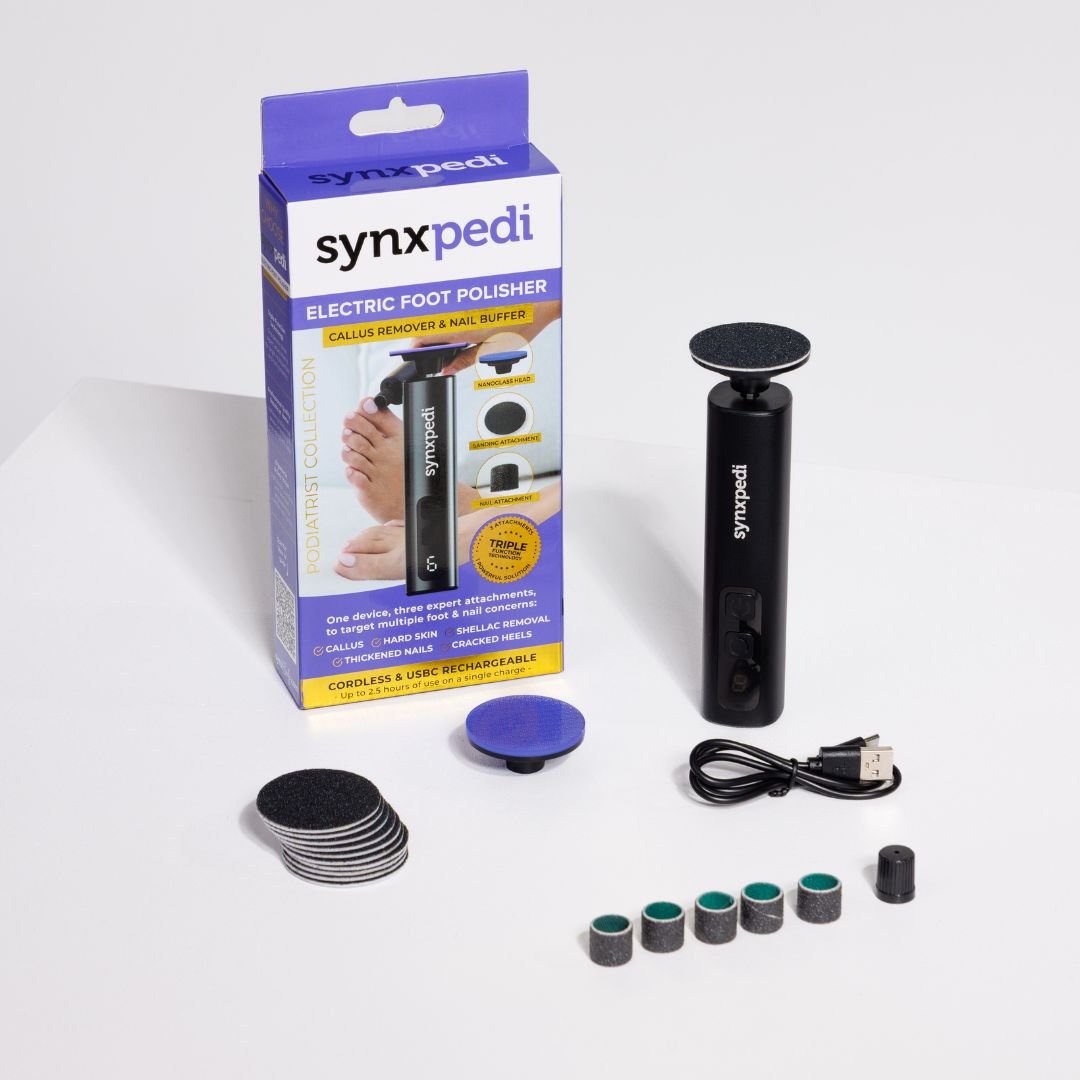Whether you enjoy a leisurely jog around the park, or a longer run as part of a goal (such as training for a marathon), the running shoes you wear can make all the difference.
And not all runners’ needs are the same - and no two people have the same foot or heel shape.
With the vast choice of running shoes in varying markets and price points, how do you ensure you are running with the right shoes?
And what can you do to protect your feet and prevent injury?

Why the right running shoes are important
Without proper running shoes, you could be in a for a world of pain and discomfort. Not to mention, becoming annoyed if you cannot run for a while due to injury.
Running shoes are meant to protect your feet from the impacts of running, as well as help you achieve and maintain top speed. The correct running shoes can help to cushion and protect as you run.
Having the best running shoes for YOUR feet, can help to prevent:
- Plantar Fasciitis
- Runners Knee
- Knee pain
- Ankle sprains
- Arthritis
The right runners can also help to improve your running activity such as:
- Pace and technique
- Your running times
This all sounds like a good thing, right? Okay, now let’s take a closer look at what features to keep in mind and how to choose the best runners for your needs.
How to choose runners
- Choosing runners
When choosing runners, we always recommend you get assessed, or pick neutral shoes. If you want to get assessed, visit any reputable shoe shop/sports shop, or make an appointment with your podiatrist.
It’s worth noting that some running shoes have control built into the sole of the shoe for flat feet (pronation) or high arches (supination). Pre-controlled shoes can be unsuitable especially if you wear orthotics or wear your shoes out quickly.
- Accommodating different foot types
Because we all have different foot shapes and features, it is important to know what we need. For example, arch support is a must for individuals with flat feet.
It also helps to know if you have any history of lower limb injury, or how many running workouts you do per week. What about the types of running you do (trail running, road running?) Are your feet slim or wider than normal? Are you a forefoot striker or a heel striker?
Knowing these factors will help you find the right runners.
Features to look for
We recommend you look at these 4 factors:
- Firm heel counter. Press the back of the heel in the middle. It should be firm with no bend.
- Flexibility test. Bend the shoe in half, place one hand on the back of the heel and the other at the toe box, then try and bend the shoe. There should be no bend in the middle of the shoe.
- Bend at toe box. You should find the shoe bends easily at the toe box to allow for easy propulsion.
- Laces or retainers. Your runner must have retainers that can be adjusted or tightened as needed.
And of course, look to include some insoles or gel insoles which are designed to cushion, protect and relieve the soft tissue and joints of the foot against impact, whilst also offering strength and stability under the arch of the foot.
If you’re not too familiar with the different areas of the shoes mentioned above, check out our CEO (and Podiatrist) Rachael Ferguson in this video with a clear demonstration on what to look for in your runners.
Most popular brands we recommend include the following:
If you’re looking for neutral runners we recommend to take a look at the following:
- Brooks: Glycerin, Ghost, Dyad
- Asics: Cumulus, Nimbus
- Saucony: Triumph, Ride, Integrity
- New Balance:1080/880/624/857
- Adidas: Supernova Glide
- Nike: Pegasus
- Hoka One
SynxBody support runners
We believe in making a positive impact by helping people maintain active, healthy and pain-free lives. Please check out our range of insoles or Contact us at SynxBody to see how we can help you manage and treat all your foot and ankle pain conditions.






